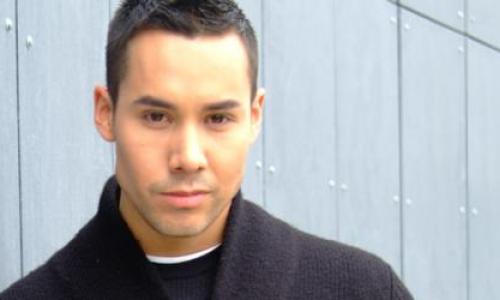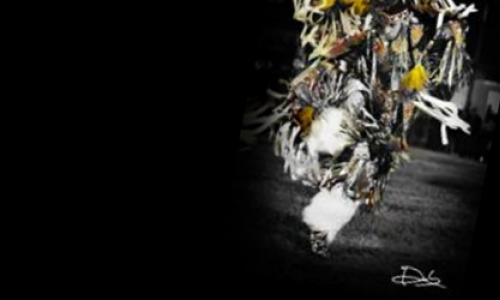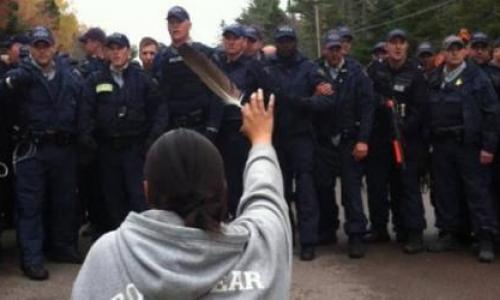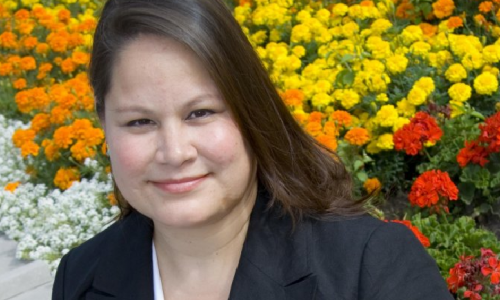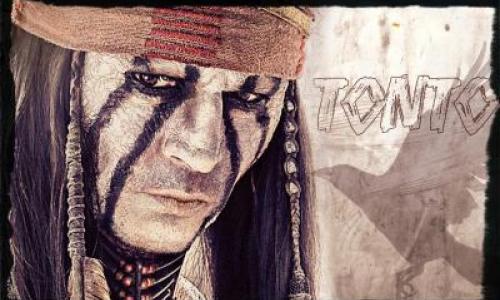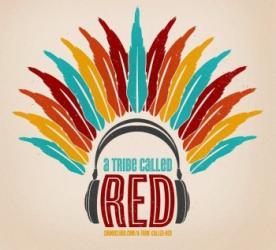
The group, A Tribe Called Red combines traditional powwow music and electronica, to create a unique sound made of both, the spiritual element of drum and voice, as well as the more culturally mainstream sound of electronica. “Their self-titled album, released in March 2012, was long-listed for Canada’s prestigious Polaris Music Prize and included in the Washington Post’s top 10 albums of the year”.
A Tribe Called Red, has the ability to decolonize its Aboriginal listeners, as well as bridge the divide between native and non-native North Americans by using the advantage of an accepted form of music technology; that being electronica. It is technological advancement itself that have given A Tribe Called Red, its ability to decolonize its audience as well as its creators, by giving the group its opportunity to find its place within mainstream music. This has occurred due to its inclusion of electronica as the group identifies its sound as, ‘electronic powwow’.
New technologies such as file sharing and social networking sites, have also given the group greater availability and visibility for their current and prospective listeners. It is through the use of this technology that the stereotype of difference surrounding Indigenous people can begin to break down.
There is a specific representation of Aboriginal people in Western media and it usually pertains to Aboriginal people as they were in the past. We often see them in their regalia, demonstrating traditional culture in one form or another; and when they are not being shown as they were in the past, they are usually involved in some form of conflict such as; land claim issues, environmental conflicts or murdered and missing women. There is a frightening lack of visibility in western media in terms of Indigenous people and mainstream media which only works to solidify present perceptions. It is very rare to see Aboriginal actors in commercials, sitcoms or even print advertisements, which perpetuates the stereotype of difference that separates Aboriginal people from the rest of society and from their own identities.
A Tribe Called Red has succeeded in lessening this divide by taking advantage of mainstream music technologies. By combining the traditional sounds of powwow music with electronica, it provides an opportunity for their Aboriginal listeners to feel apart of Western society while still maintaining their cultural identities. As well, non-Aboriginal listeners are exposed to Aboriginal culture through the safety of electronica where they can begin to identify similarities rather than differences.
If you haven't had the opportunity to check them out and you are a fan of electronica, I would recommend that you give them a listen. They provide a free download of their first album on their website, A Tribe Called Red.











